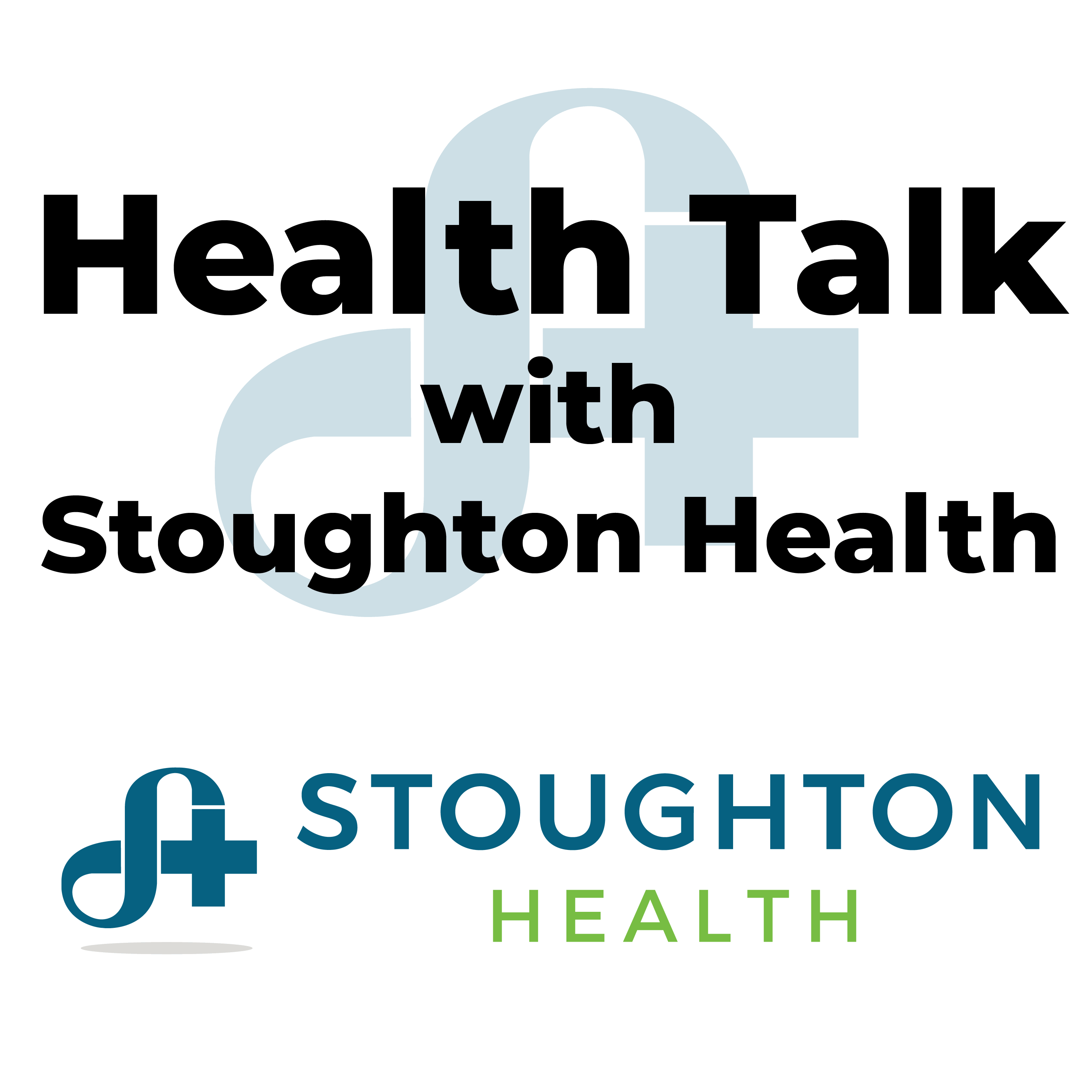Vein Treatment
Stoughton Hospital
900 Ridge Street
Stoughton, WI 53589
Call for more information
(608) 873-2266
Vein Treatment
Endovenous Laser Treatment for Chronic Venous Insufficiency (CVI)
Chronic Venous Insufficiency (CVI) is a condition in which the leg veins are damaged and regular blood circulation is impaired.
People with CVI usually have varicose veins as well as other potentially serious medical concerns including leg achiness, swelling, skin discoloration and worst of all, painful leg ulcers. Leg ulcers are open wounds that require specialty care to heal. Endovenous Laser Treatment can help improve and prevent all or some of these problems.
Dr. Schwaab and his team at the Wound Care Clinic treat more leg ulcers than any other type of wound. With proper care and treatment, the wound will heal but recurrence is high.
Treating the Cause – Endovenous Laser Treatment
The treatment for CVI traditionally involved removing the damaged vein. For many years this was mainly accomplished through painful vein stripping, a procedure often done under general anesthesia. When the damaged vein was removed, patients were less likely to get recurrent ulcers. Advances in technology have changed vein treatment into a simple outpatient procedure. Using endovenous laser treatment and local anesthesia, Dr. Schwaab is able to seal the damaged vein rather than completely remove it. Patients leave the clinic encouraged to resume normal activity immediately.
“Treating the wound is treating a symptom of the underlying disease. When we address the CVI by sealing the varicose veins, the patient’s potential for leg ulcers drops dramatically,” shares Dr. Schwaab.
Sclerotherapy for Spider Veins and Varicose
Sclerotherapy involves injecting a solution directly into the vein that causes it to scar and collapse, forcing blood to reroute through healthier veins. The collapsed vein is reabsorbed into local tissue and eventually fades.
Why choose sclerotherapy for spider veins and varicose veins
Sclerotherapy is considered the treatment of choice for spider leg veins and varicose veins. The treatment is minimally invasive. Treated veins tend to fade within a few weeks, although occasionally it may take up to two months to see the full results. In some instances, several sclerotherapy treatments may be needed.
Possible risks
As with any treatment, there are risks associated with it, though they are minimized in the hands of a qualified provider. These include:
- Bruising
- Raised red areas
- Small skin sores
- Darkened skin in the form of lines or spots
- Multiple tiny red blood vessels
- More severe complications rarely occur, but can include: inflammation, blood clots, allergic reaction to treatment solutions. Side effects caused by tiny air bubbles in the bloodstream may include nausea, headaches, coughing and visual disturbances.
What you should know about sclerotherapy for spider veins
The procedure is typically performed in the provider’s office. It does not require anesthesia and usually takes 15 minutes to an hour to complete depending on the extent of the veins.
Patients lie on their back with their legs slightly elevated. After the treatment area is cleansed with alcohol, the doctor or registered nurse uses a fine needle to slowly insert a solution or foam into the vein. Some patients experience minor stinging or cramps when the needle is inserted. The injection solution or foam irritates the lining of the vein, causing it to swell shut and block the flow of blood.
Once the needle is withdrawn, the doctor or registered nurse will apply compression and massage the area to keep blood out of the injected vessel and disperse the solution. For large veins, a compression pad may be taped onto the site to keep the area compressed while your doctor or registered nurse moves on to the next vein. The number of injections depends on the number and size of veins being treated.
Cost
The average cost for sclerotherapy varies by the size and number of veins treated. Since spider vein sclerotherapy is usually considered a cosmetic procedure, cost of treatment is not covered by most medical insurance companies.
Stoughton Health Costs
You will start with a 15-30 minute initial vein consult covered by insurance to determine if you are a candidate for sclerotherapy. A follow up visit will be scheduled for sclerotherapy.
Follow up visits:
- 1 vial: $125
- 2 vials: $250
- 3 vials: $375
- 4 vials: $500
What to expect after the procedure
- You can stand up and walk around immediately after the procedure. It’s important to move your legs to prevent the formation of blood clots and maximize treatment results.
- Graduated compression stockings and/or bandages are worn over the treatment area for one to three weeks to maintain pressure on the treated veins.
- Most people can return to normal activities immediately following the procedure.
- You should avoid sun exposure in the treatment area for two weeks following the procedure.
How to prepare for the procedure
Before the procedure, a certified physician or registered nurse will usually review the patient’s medical history and conduct a physical exam. This is the time for the doctor or registered nurse and patient to discuss expectations, potential risks and outcomes of the procedure. The doctor or registered nurse will examine the veins to be treated and check for any underlying blood vessel disorders. Be sure to let your doctor or registered nurse know:
- If you are pregnant. Most doctors or registered nurses recommend waiting until after your delivery to perform the procedure.
- If you have any medical conditions, such as heart disease or a pre-existing cancer or coagulation disorder.
- About any prescription or over-the-counter medicine you are taking as well as any supplements.
- If you smoke or take oral contraceptives, which can increase your risk of blood clots.
- If you have any allergies.
Contact Us
To learn more about sclerotherapy and if it’s the right option for you, please contact the Stoughton Health General Surgery Clinic at (608) 873-2266.
Sclerotherapy for Spider Veins and Varicose Source: American Society for Dermatologic Surgery
Related Services
General Surgery Clinic
Wound Care Clinic
News & Notes
Stoughton Health Pauses to Give Life Honoring Organ, Tissue and Eye Donors and their Families
Stoughton Health was among hospitals and...
Stoughton Health Named Top Workplace In 2024
Stoughton Health is thrilled to announce its...
Measles (Rubeola) Awareness 2024
As of March 21, 2024, a total of 64 measles...



